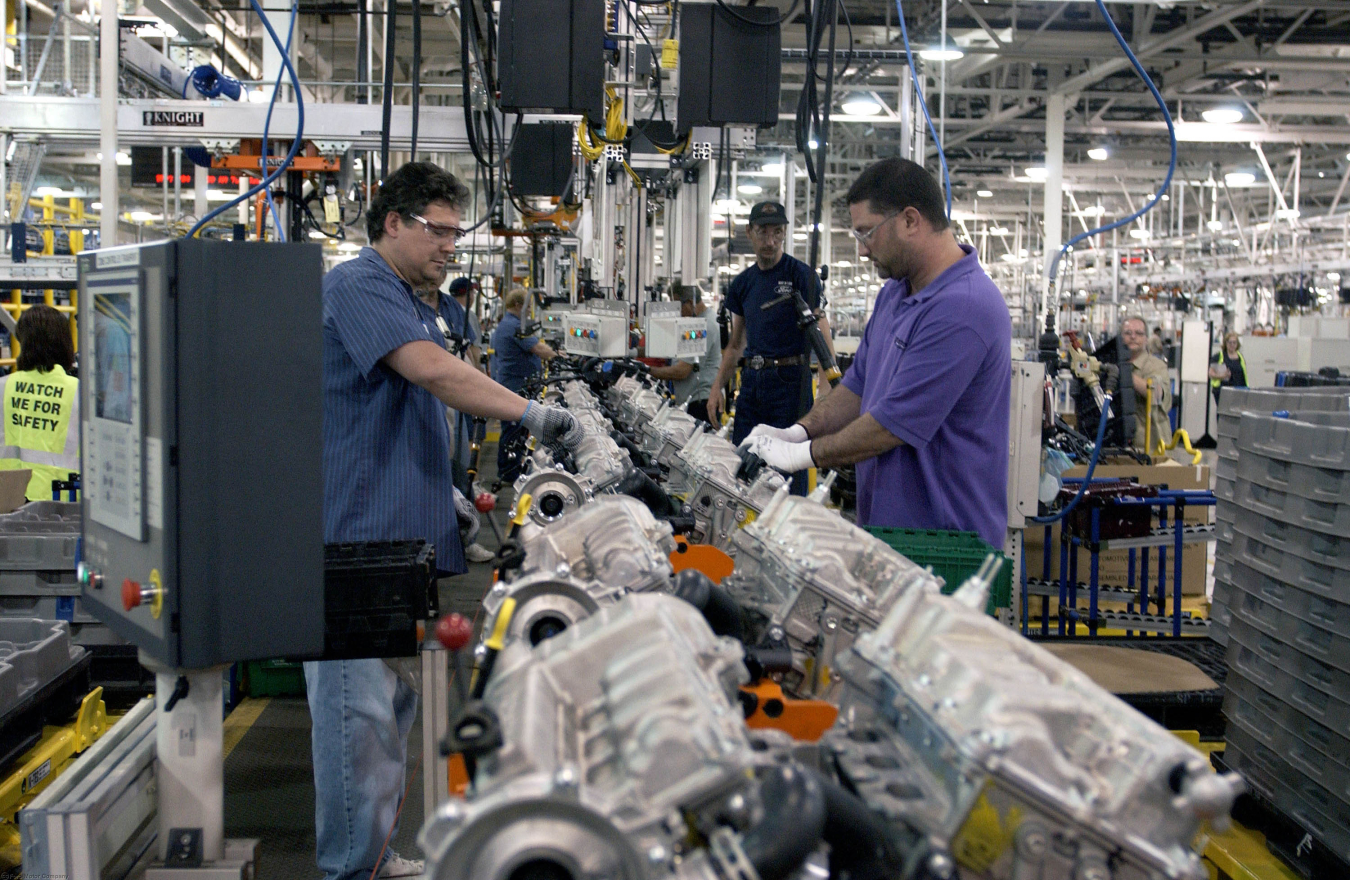America’s love of the pickup truck is what makes us so excited by this week’s announcement that Ford has sold its 500,000th 3.5-liter V6 EcoBoost®-equipped F-150 truck. The EcoBoost achievement is the latest success story for the Department’s Lo...
Office of Energy Dominance Financing
May 7, 2014
Why do Americans love pickup trucks so much?
Trucks can be a symbol of independence and self-sufficiency, a reminder of an era that waxes nostalgic, a family connection, a way to make a living or just pursue happiness. That’s the sentiment of Professor Mark Metzler Sawin, who penned the closing essay in “Pickups: A Love Story,” written by his friend Howard Zehr.
“The pickup truck is very much a part of Americana,” says Ed Kim, vice president of industry analysis at the research firm AutoPacific. “It’s connected with the idea of a man going out to work hard and create his own path. The truck is a tool to do that.”
America’s love of the pickup truck is what makes us so excited by this week’s announcement that Ford has sold its 500,000th 3.5-liter V6 EcoBoost®-equipped F-150 truck.
The EcoBoost achievement is the latest success story for the Department’s Loan Programs Office (LPO). In September 2009, the Department issued a $5.9 billion loan from the LPO’s Advanced Technology Vehicles Manufacturing (ATVM) Loan Program, enabling Ford to upgrade facilities across Illinois, Kentucky, New York, Michigan, Missouri and Ohio, including the retooling of the Cleveland Engine Plant where the EcoBoost is made. All told, the ATVM loan helped to create and preserve manufacturing jobs for more than 33,000 Ford employees.
Manufacturing these trucks creates good jobs in areas of the country that need them and provides Americans with the kind of vehicles they love to drive. But increasing their efficiency is another step in helping our country become more resilient against the threats presented by climate change.
According to Ford’s news release, F-150 EcoBoost owners collectively have saved an estimated 56.8 million gallons of gas on an annual basis in the past 38 months. According to the U.S. Environmental Protection Agency, that’s equal to:
- The annual greenhouse gas impact of 413,895 acres of U.S. forests
- A city in which 70,000 homes going without electricity for a year
- 6,685 tanker trucks’ worth of gasoline
- Installing 139 wind turbines
These are the kinds of results that the ATVM Loan Program was created to produce. That’s why I joined Secretary Moniz last month at the Motor & Equipment Manufacturers Association (MEMA) Legislative Summit to announce improvements we’ve made to the Program to help America’s automotive industry achieve more successes like this and achieved the President’s goal of nearly doubling average fuel efficiency for cars and trucks to 54.5 miles per gallon by 2025.
Among those improvements is clarifying eligibility for the component suppliers manufacturing fuel-efficient technologies. This includes, but is not limited to, advanced engines and powertrains, light-weighting materials, advanced electronics and fuel-efficient tires. We’re also committed to improved responsiveness to applicants and a more efficient application process that can be found online at https://apply.loanprograms.energy.gov/.
The truck is a symbol of independence, hard work and America’s great past. Ford’s announcement builds on these themes that are woven throughout American history and pushes us forward on a path for a stronger future. By achieving the President’s fuel efficiency goal, we’ll be self-sufficient and more resilient to the impacts of climate change and the ups and downs of the international fuel market. What’s not to love about that?


